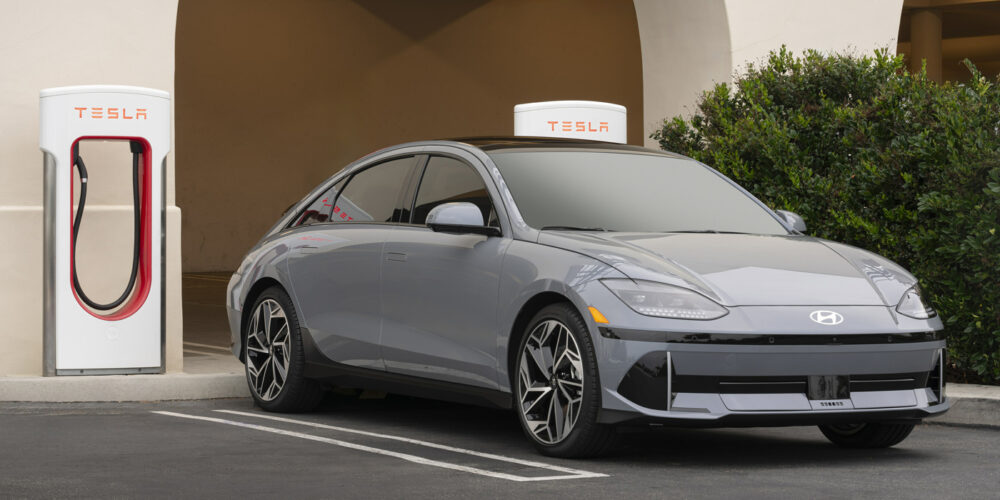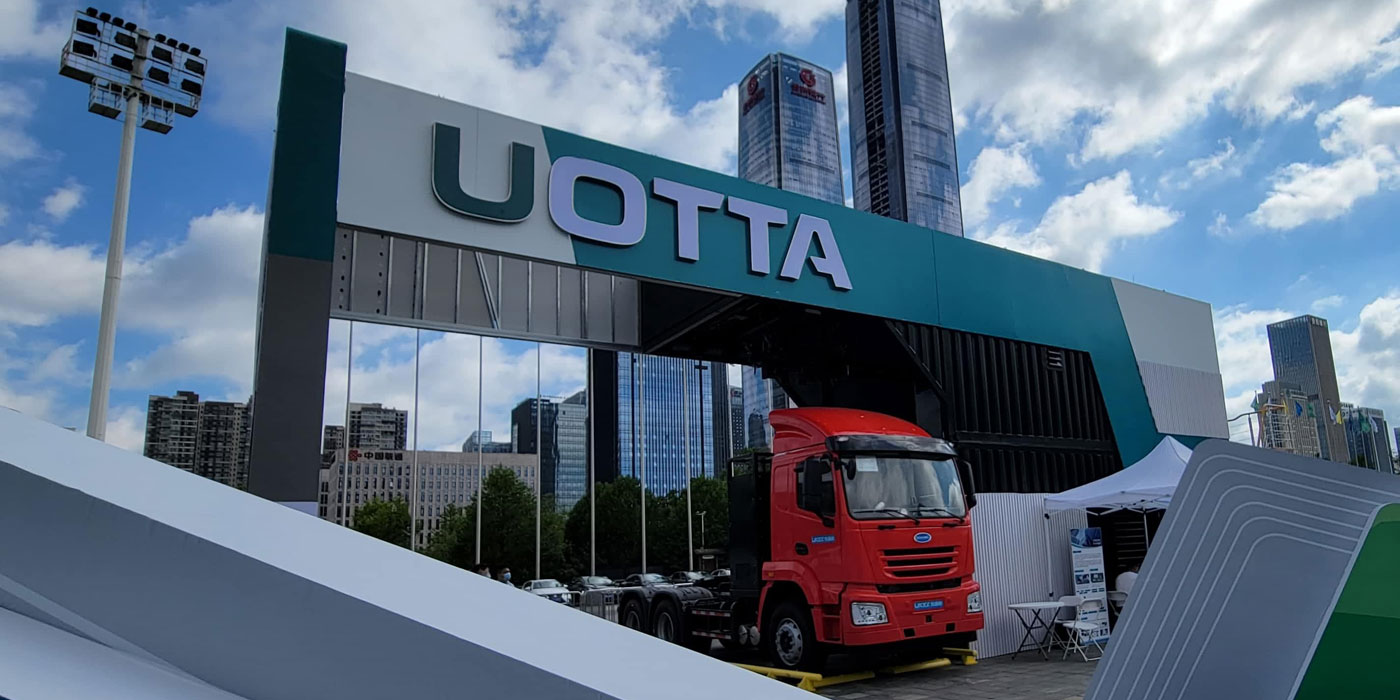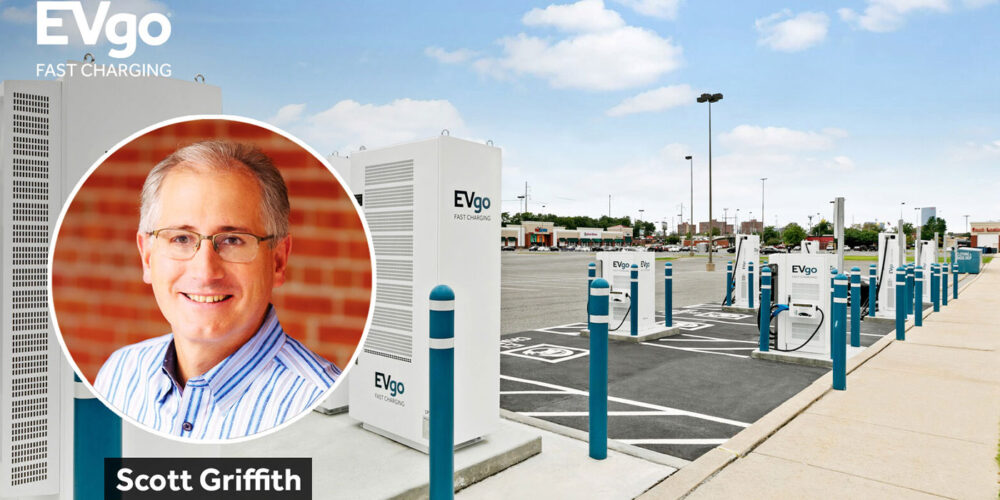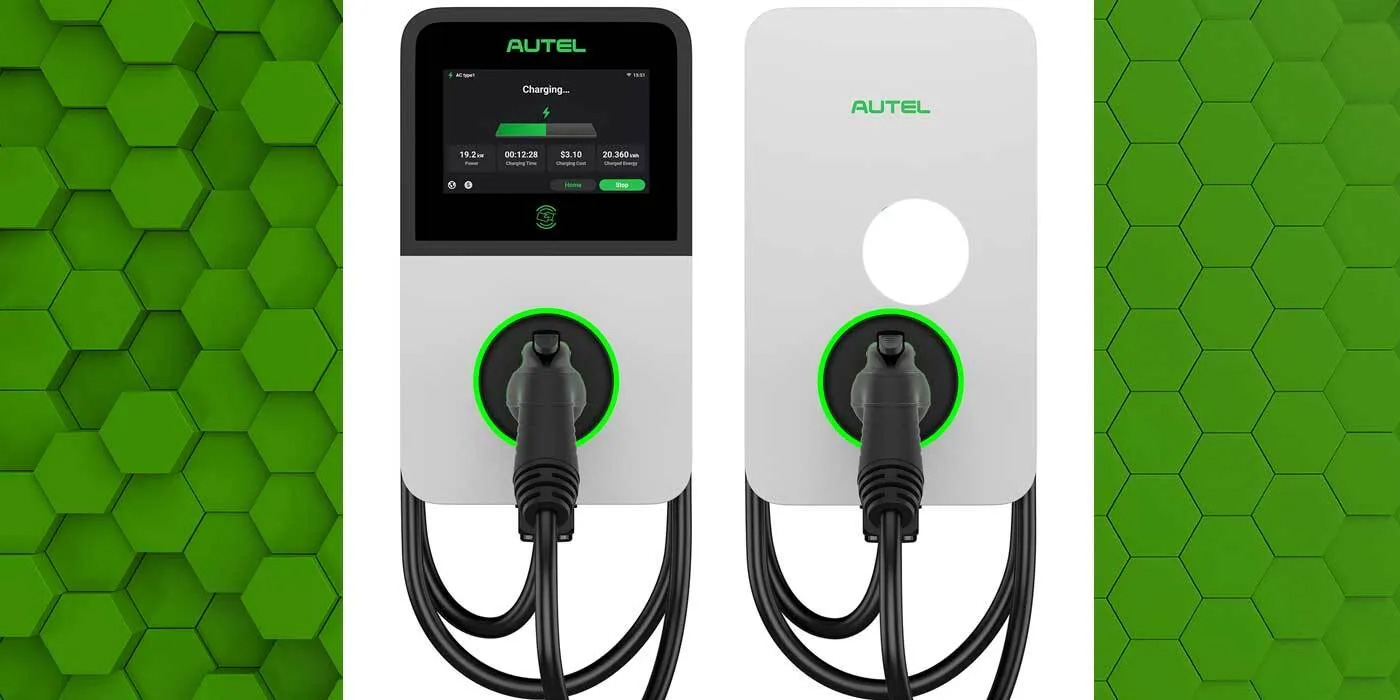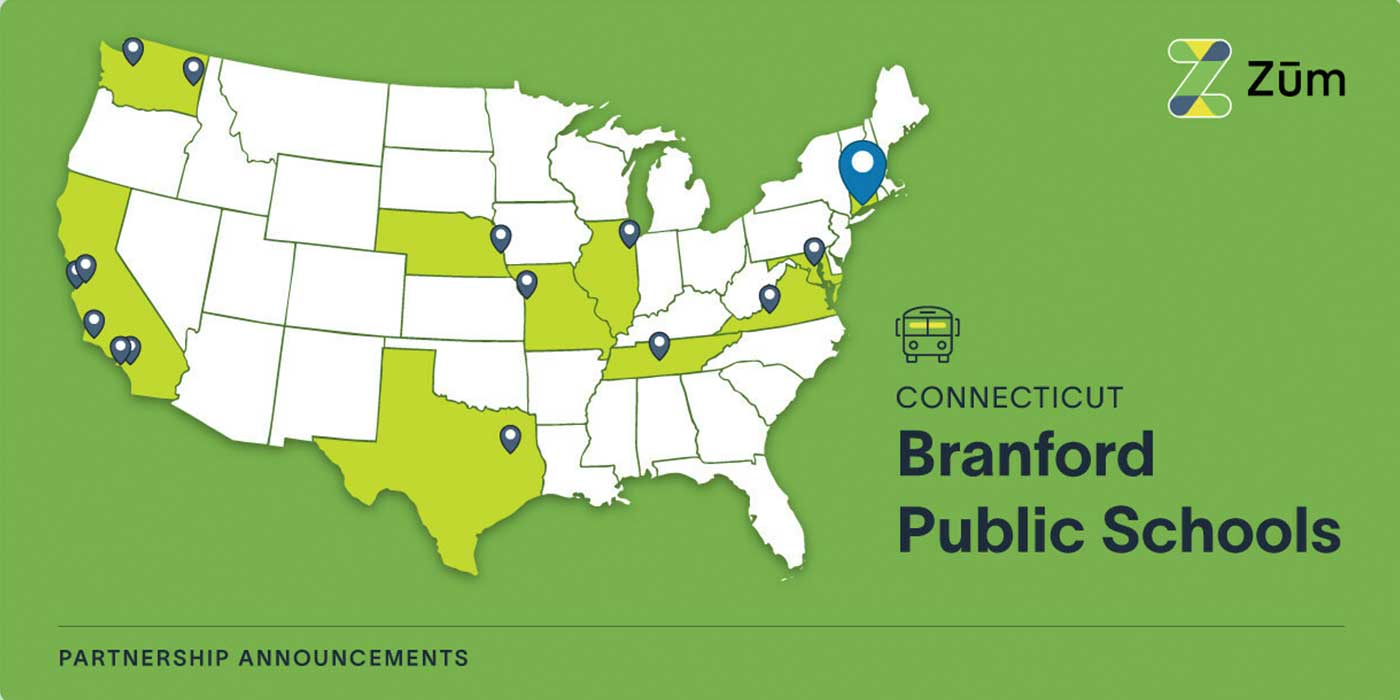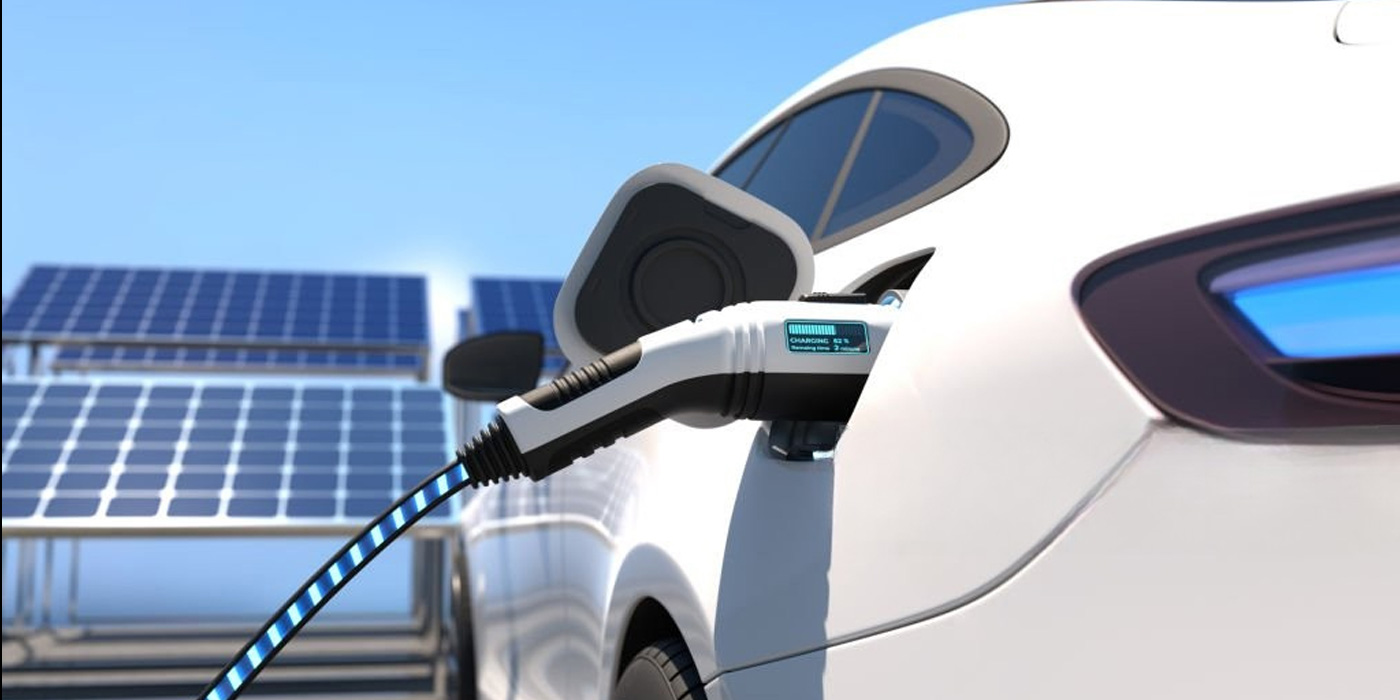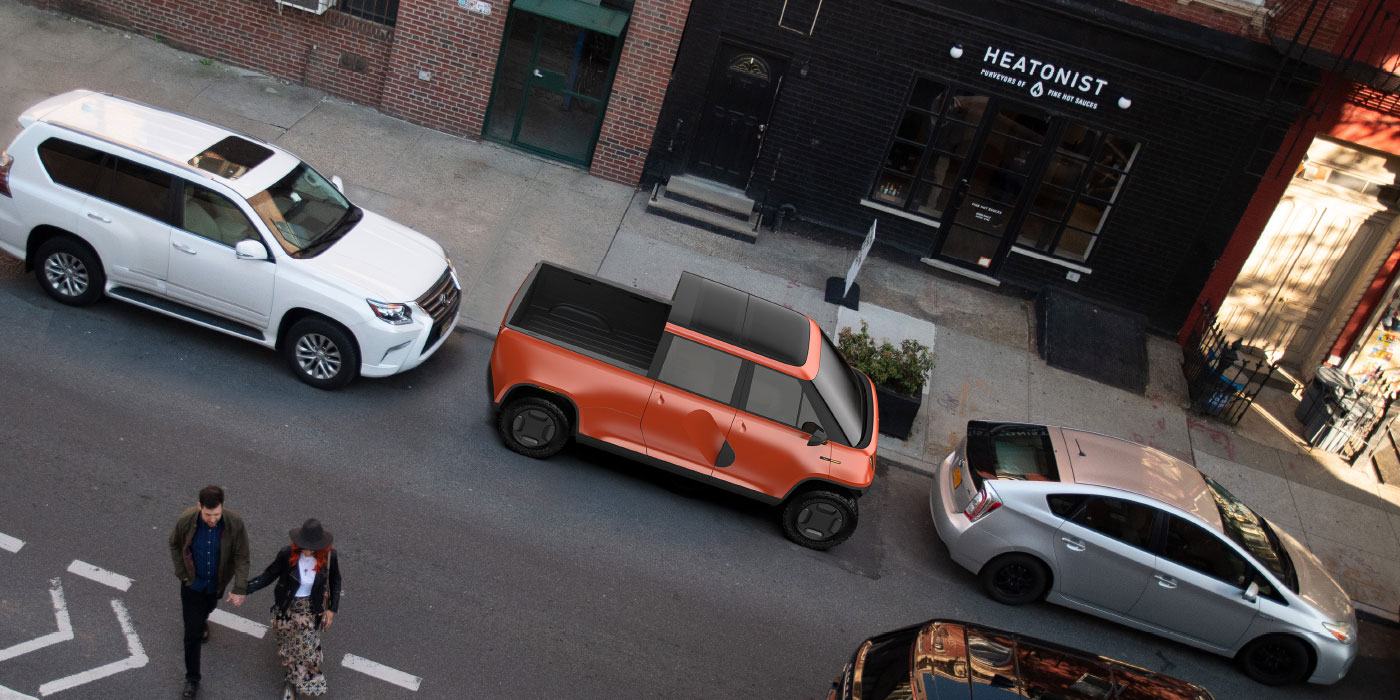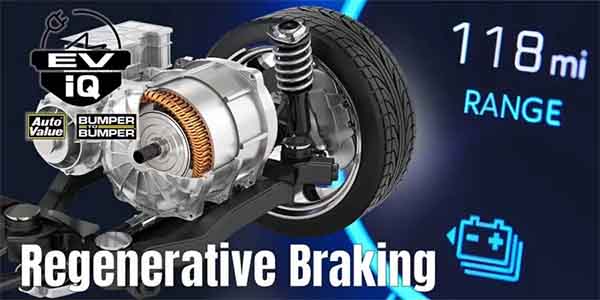Hyundai Motor North America announced it is adopting North American Charging Standard (NACS) ports for its electric vehicles (EVs) in the United States and Canada. In the United States, all-new or refreshed Hyundai EVs will come exclusively with a NACS port, beginning in Q4 2024, the company said. Canada will follow in the first half of 2025.
Hyundai EVs with NACS ports will gain access to more than 12,000 Tesla Superchargers across the United States, Canada, and Mexico. This will double the size of the DC fast charging network available to Hyundai EV customers, according to Hyundai Motor North America.
“Our collaboration with Tesla marks another milestone in our commitment to delivering exceptional EV experiences to our customers,” said José Muñoz, president and global COO, Hyundai Motor Company and president and CEO, Hyundai Motor North America. “This new alliance will provide Hyundai EV owners confidence in their ability to conveniently charge their vehicles and complements our joint venture company to create a new, high-powered charging network with at least 30,000 stations across North America.”
Tesla said its commitment to expanding its network will enhance customer access to out-of-home charging and fully support the ultra-fast charging speeds on Hyundai’s advanced Electric-Global Modular Platform (E-GMP) vehicles, including IONIQ 5 and IONIQ 6 and the upcoming IONIQ 7.
Hyundai said owners of existing and future Hyundai EVs with the current CCS will have access to the Tesla Supercharging Network starting in Q1 2025. Hyundai will offer an adapter to these customers. Hyundai will also make adapters available to charge NACS-equipped vehicles at CCS chargers.
“Opening our Supercharging network to additional electric vehicles directly supports our mission to accelerate the world’s transition to sustainable energy,” said Rebecca Tinucci, senior director of Charging at Tesla. “We’re proud to welcome Hyundai as the latest adopter of the North American Charging Standard.
For more information, visit www.HyundaiNews.com.

